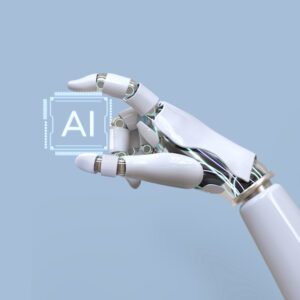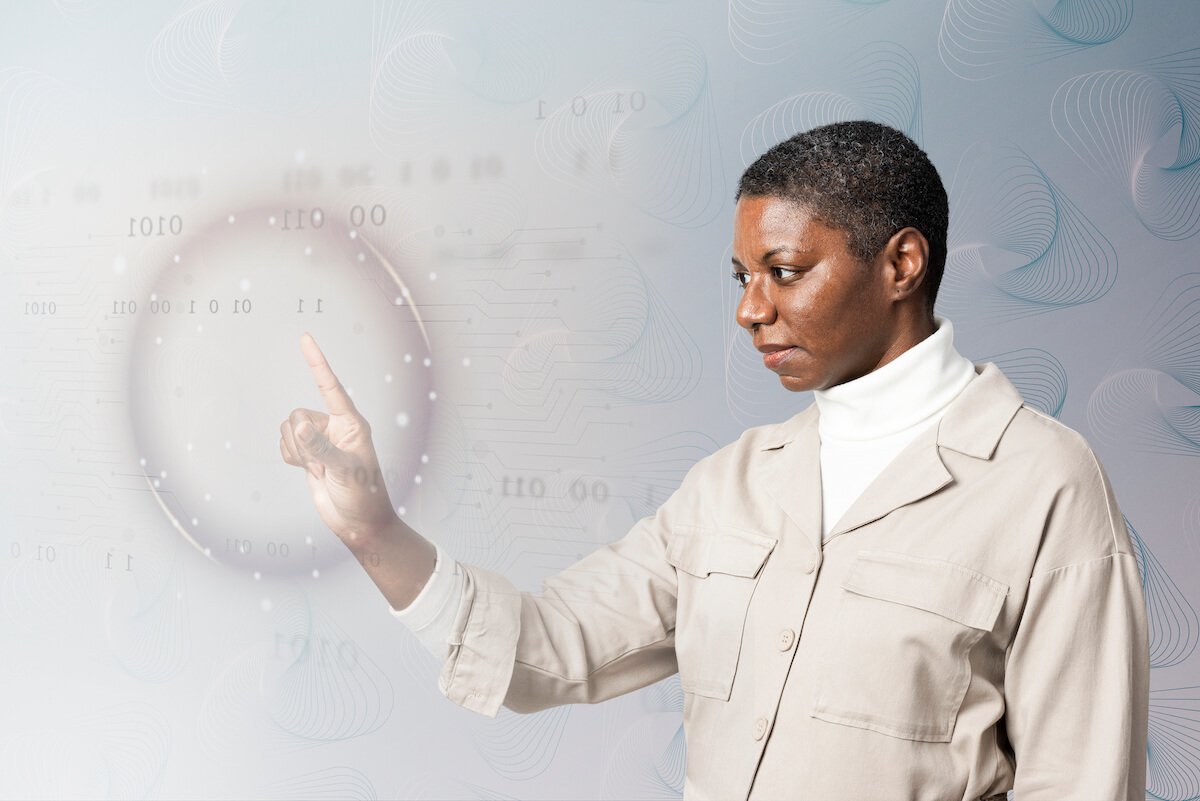More than half of those surveyed said they would diversify into new business ventures outside of their normal operations. Coupled with a finding that more than 80% of respondents see digitization as very relevant to their company’s long-term viability compared to 65% in EU countries, which emerges as a compelling picture of a potentially transformative change for many private companies in of the region.
The Eight Essential Technologies Technology is evolving at breakneck speed and is already defining what’s next for businesses, industries and consumers. Business leaders understand this.
They understand that new technologies must be an important part of corporate strategy. But they seem reluctant to act. To help companies focus their emerging technology efforts, we analyzed the business impact and commercial viability of more than 250 emerging technologies to focus on the ‘essential eight’.
These are the core technologies that will matter most to organizations across all industries over the next three to five years.
The Essential Eight are the technology building blocks that every organization must consider. But their true value is unlocked when they converge. While each company’s strategy for how best to leverage these and combine them with other technologies will vary, it is these essential eight technologies that will transform an organization.
What are the essential eight?
• 3D printing creates a three-dimensional object by successively printing layers of material on top of each other until an object is formed. It is used in practice to construct spare parts,
Architectural models, complex manufacturing and rapid prototyping.
• Artificial intelligence (AI) is a generic term for “intelligent” technologies that are aware of their environment and can learn from it to support or augment human decision-making. Machine learning, recommendation engines, chatbots and image recognition are just some of them
some of the areas where AI is applied.
• Augmented Reality (AR) is an “overlay” of data or information about the physical world that uses contextualized digital information to augment the user’s view of the real world. It is used for data visualization, transportation security, customer experience, and production operations.
• Blockchain technology is a distributed shared ledger that records and confirms transactions without the need for a central authority. It is used for supply chain traceability, financial processes, identity verification and digital currencies.
• Drones are devices that fly or move without the presence of a pilot and can be used to collect a variety of data or perform tasks remotely, e.g. B. remote delivery, infrastructure maintenance, security precautions or video recording.
• The Internet of Things (IoT) expands network connectivity and enables a variety of devices to collect, process and send back data. It is used in asset tracking, smart metering and fleet management
and predictive maintenance.
• Robotics is the combination of engineering and computer science used to create, design and operate mechanical devices such as robots. B. Robots. It is used in industrial manufacturing, medical procedures, transportation, and product handling.
• Virtual Reality (VR) is a simulation of a 3D image or full environment in which a user can interact in a seemingly realistic manner. Marketing takes advantage of this. It is also used for training, virtual tours, prototyping and design.
Contact us to find out more about your opportunities.





